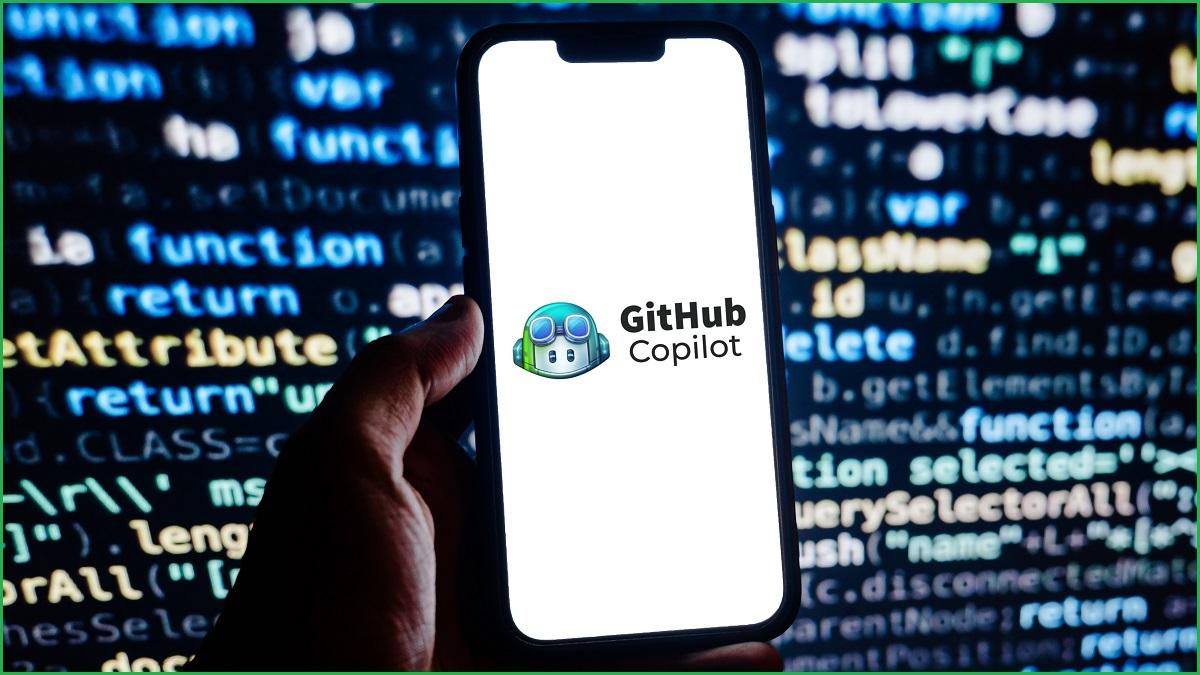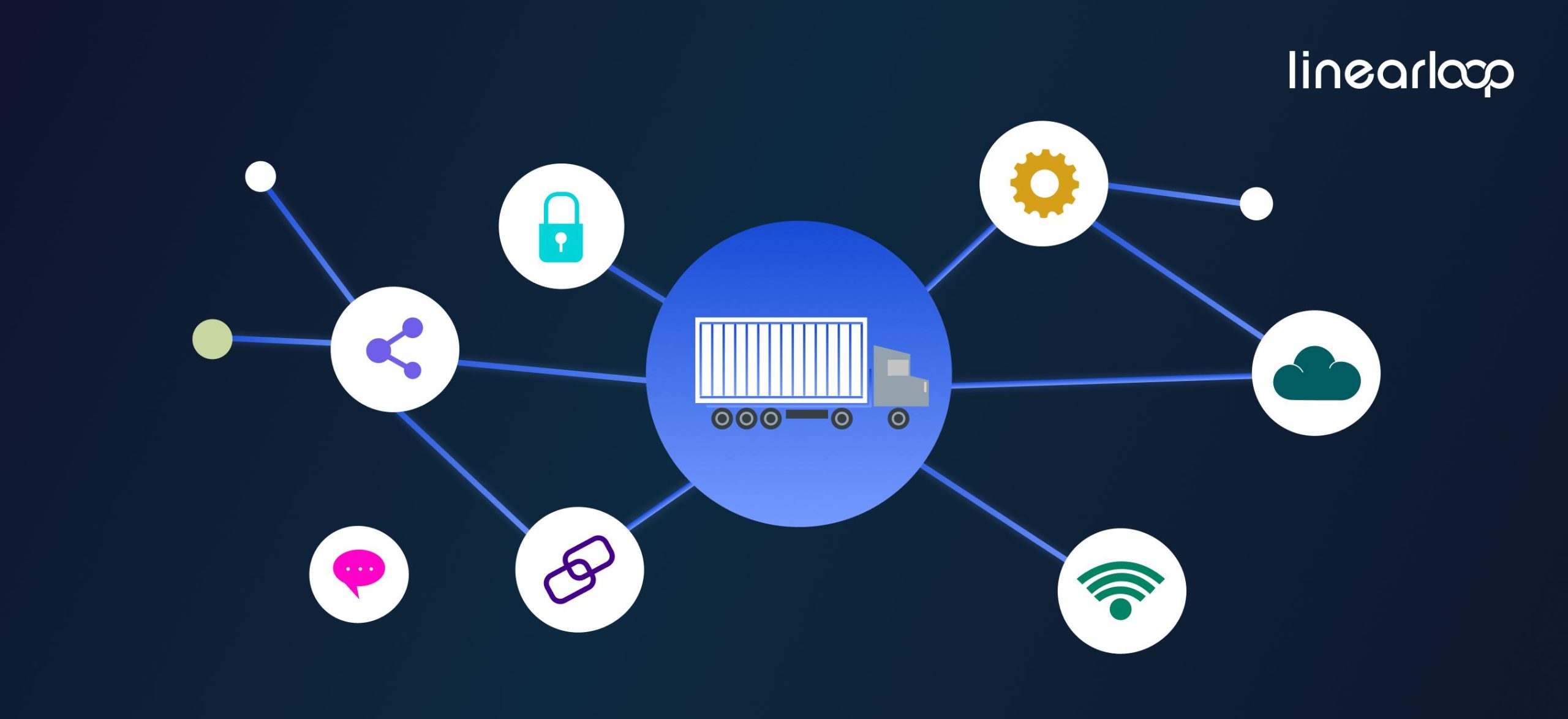In a digital world where innovation and automation reign supreme, the rise of AI-generated code has sparked both excitement and concern within the software supply chain. As technology continues to evolve at a breakneck pace, the prospect of artificial intelligence taking the reins in software advancement raises crucial questions about reliability, security, and the very foundation of our digital infrastructure. In this article, we delve into the potential risks and consequences of AI-generated code, exploring why this novel approach could either revolutionize the industry or lead us down a perilous path.

Potential risks in using AI-generated code for software development
Using AI-generated code for software development poses several potential risks that could considerably impact the software supply chain. One major concern is the lack of human oversight in the coding process. AI may not grasp the full context or understand the specific needs of a project, leading to errors that could be overlooked in the final product.
Moreover, the reliance on AI-generated code raises issues of accountability and openness.Without clear visibility into how the code was created and the decision-making process behind it, debugging and maintaining the software becomes more challenging. This opacity could hinder collaboration among developers and result in subpar software quality.

Challenges with ensuring quality control and security in AI-generated code
One of the main is the lack of transparency and interpretability. Unlike traditional code written by humans, AI-generated code can be complex and arduous to understand.This lack of transparency makes it challenging to identify potential bugs, vulnerabilities, or unintended consequences that may arise in the code.
Additionally, another challenge is the potential for bias in AI-generated code. Machine learning models that are used to generate code can inherit biases present in the training data, leading to biased code that may not function as intended or may introduce ethical issues.Ensuring that AI-generated code is free from bias requires careful monitoring, testing, and validation processes to mitigate risks and ensure the quality and security of the code.

Impacts of relying on AI-generated code on the software supply chain
AI-generated code has the potential to revolutionize the software development process, but its widespread adoption could also spell disaster for the software supply chain. One of the main concerns is the lack of transparency and accountability in code generated by AI algorithms. Developers rely on code that is understandable and maintainable; though, AI-generated code can be complex and convoluted, making it challenging to troubleshoot and debug when issues arise.
Moreover, the over-reliance on AI-generated code poses a important security risk to the software supply chain. Vulnerabilities and backdoors can be inadvertently introduced, weakening the overall cybersecurity posture of software products. This could lead to increased instances of data breaches and cyberattacks, putting sensitive facts at risk. As the software supply chain becomes more interconnected, the impact of a security breach can have far-reaching consequences for businesses and users alike.
Recommendations for mitigating risks and pitfalls of using AI-generated code
When utilizing AI-generated code, it’s crucial to implement certain measures to minimize potential risks and pitfalls. Here are some recommendations to help you navigate this intricate landscape:
- implement Thorough Testing: Prioritize thorough testing of AI-generated code to identify any flaws or vulnerabilities before deployment.
- Regular Code Review: Conduct regular code reviews by skilled developers to ensure the quality and security of the AI-generated code.
- Establish Clear Documentation: Maintain detailed documentation outlining the processes and decisions involved in generating and utilizing AI-generated code.
Moreover, fostering a culture of transparency and accountability within your association can significantly mitigate risks associated with AI-generated code. Consider the following additional best practices:
- Continuous Monitoring: Implement mechanisms for continuous monitoring and assessment of AI-generated code performance and behavior.
- Collaboration and Knowledge Sharing: Encourage collaboration among team members and facilitate knowledge sharing to enhance understanding and oversight of AI-generated code.
- Regular Training and Skill development: Invest in ongoing training and skill development for developers working with AI-generated code to stay abreast of latest advancements and best practices.
To Wrap It Up
The potential implications of AI-generated code on the software supply chain cannot be underestimated. While the technology holds promise for streamlining processes and increasing efficiency, the risks of introducing errors, vulnerabilities, and dependencies are very real. as we navigate this new frontier, it is indeed imperative that we proceed with caution, ensuring that rigorous testing, oversight, and ethical considerations are prioritized. Only through careful management and collaboration can we harness the power of AI in a way that enhances, rather than undermines, the integrity of the software supply chain.












